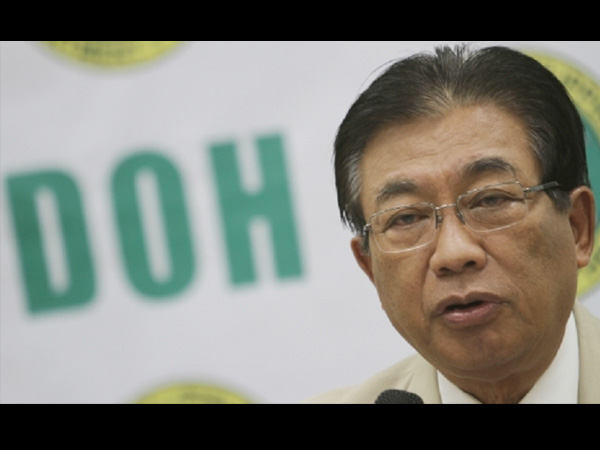MANILA, Philippines—The Department of Health (DOH) on Friday urged the public to practice what it called the “4 o’clock habit” to help bring down cases of the deadly dengue fever, which is expected to surge during the rainy season.
Health Secretary Enrique Ona, who made the call to mark the third year of the Asean Dengue Day on Saturday, said the habit is best practiced using the “stop, look and listen” approach.
Ona said the preliminaries included mapping out high-risk areas in a locality, organizing teams that will undertake critical response activities and establishing a system of communication for better coordination.
“‘Stop’ means dropping everything and shifting current task for mosquito control,” said Ona.
When the clock strikes 4 p.m., assigned teams must “look” for the breeding sites of dengue-carrying mosquitoes and carry out systematic “search and destroy activities to eliminate them.
“‘Listen’ entails heeding the instructions from local authorities, community leaders or work supervisors for a synchronous implementation of the 4 o’clock habit,” Ona said, noting that this could either be done on a daily or weekly basis, based on prevailing resources and capacity.
“The battle against dengue can be won right in our own backyards but this will not be easy for each one of us,” said Ona, announcing that the DOH has forged a pact with various government agencies to collaborate on dengue-control efforts nationwide.
These agencies include the Department of the Interior and Local Government (DILG), Department of Science and Technology (DOST) and the Department of Education (DepEd).
Under the agreement, the DILG is tasked to lead all local government units to implement the campaign dubbed “Aksyon Barangay Kontra Dengue,” particularly in high-risk communities such as urban centers with poor environmental management of household waste.
The DOST and the DepEd, in collaboration with the health agency, will also scale up the homegrown ovitrap technology in selected schools.
According to the DOH, efforts were in place to bring down cases of dengue in the country but Visayas and Mindanao should brace for a higher number of cases this year, especially in August and September, when the dengue fever peaks.
From January to June 8 this year, the National Epidemiology Center has so far logged in a total of 42,207 cases and 193 deaths due to dengue. This figure is one percent lower compared to the same period last year, the DOH said.
Most of the cases were recorded from Central Visayas, with 6,023 cases or 51 percent higher compared to the figures culled during the same period last year. Calabarzon registered 4,742 cases while Davao registered a 30-percent increase with 4,364 incidents of dengue.
Western Visayas registered a 102-percent increase in the number of cases with 4,444 while Soccsksargen, 126-percent increase with 3,963 cases. A total of 3,073 cases were monitored in Metro Manila.
“Dengue needs urgent action and we need it now. In the absence of the usual cures and vaccines, we have to rely on the basics of early prevention and community action,” said Ona.


